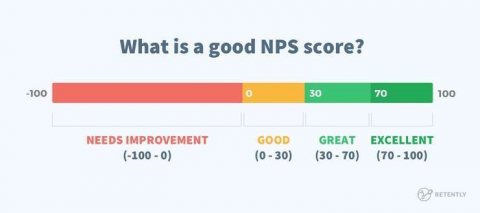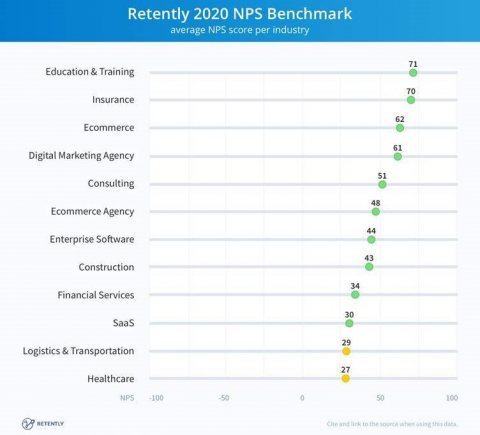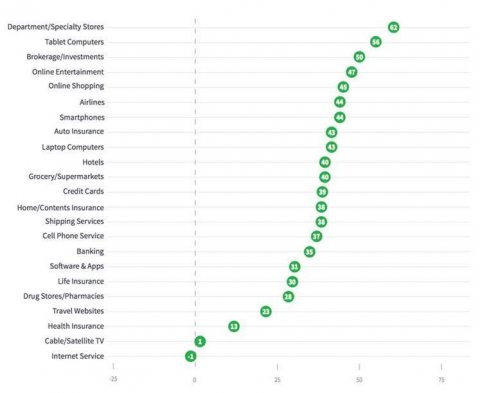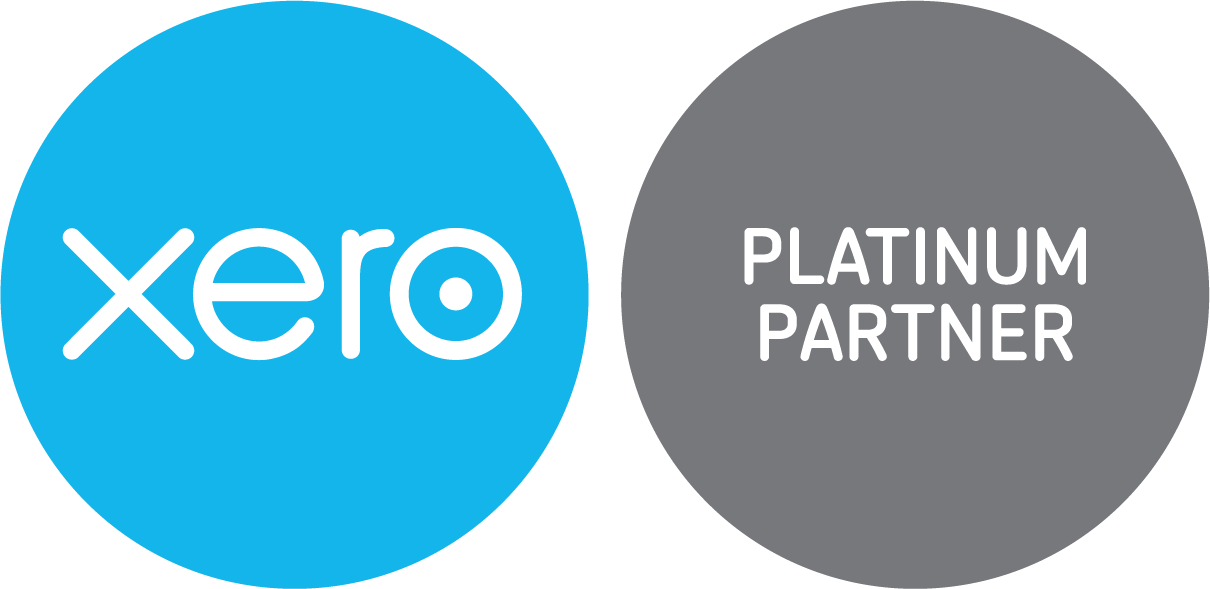We’ve just run a Customer Survey and the scores on the doors were +83. But what does that actually mean and are the results worth the effort? We answer both these questions in this blog.
You know what it’s like when you’re faced with a survey. All too often it's going to take far longer than you would guess or have been told. It’s also very likely that some of the questions will either be unanswerable or won’t give you a relevant choice. We all know how frustrating these things can be which is a shame because there’s a valuable place for surveys for both the surveyor and the responder. The surveyor is trying to determine some sort of score or opinion as to the product or service, to enable them to illustrate to potential clients how good they really are. The question is, does the survey achieve the objective? There’s a possible benefit to the responder in that suggestions can be asked for changes or improvements or even register a complaint, which hopefully will benefit them and others in the long run.
Of course, surveys vary enormously in length and arguably most are too long. A long time ago we discovered the Harvard University work in the 1930s which produced the theory of asking just one question in place of many more in a normal survey. That one question is “Out of 10 how likely would you be to recommend X”. And that’s it. It may not look enough or sound enough but there’s a massive amount of research and evidence to suggest that overall this is the one to ask.
It’s very simple to calculate your NPS on your results.
All of the 10s and 9s are Promoters. All of the 6s and below are Detractors. The 7s and 8s are neutrals.
You take the % of Promoters less the % of Detractors and that simple result is your NPS.
If you’re not familiar with this concept you might imagine that a good score would be maybe 70% but you would be very wrong. A good score is from zero to 30%. So how is this?
Let’s look at a few examples with 50 responders shown against a score up to 10:
Example 1
10 0 (0%)
9 0 (0%)
8 10 (20%)
7 10 (20%)
6 30 (60%)
The NPS is 0% (9 & 10) minus 60% (6 and below) = -60. The NPS range is from -100 to + 100
Example 2
10 0
9 5 (10%)
8 15 (30%)
7 20 (40%)
6 10 (20%)
The NPS is 10% (9 & 10) minus 20% (6 and below) = -10
Example 3
10 4 (8%)
9 12 (24%)
8 20 (40%)
7 10 (20%)
6 3 (6%)
5 1 (2%)
The NPS is 32% (9 & 10) minus 8% (6 and below) = +24 On the face of it those numbers look pretty good but the result is only +24. So you can see the challenge of achieving a score over +30
So what is a good score?

Generally speaking, a NPS that is below 0 would be an indication that your business has issues to address. This news may not be welcome, but it could be just the early warning you need that will enable you to prevent customers leaving at a later stage.
A score between 0 and 30 is a good range to be in, however, there is still room for progress. If your NPS is higher than 30 that would indicate that your company is doing great and has far more happy customers than unhappy ones.
An NPS over 70 means your customers love you and you are generating a lot of positive word-of-mouth from their referrals. The higher your NPS is, the more likely it is that your customer referrals will convert into new leads and more revenue.
Even though an NPS of -10 might be higher than others in your niche, finding yourself below zero might be discouraging and it should definitely ring a bell as to the provided customer experience.
So how would you compare with other sectors


Satmetrix NICE 2018 average NPS by industry report
BookCheck’s NPS
Our own score, based upon a survey of all our clients in June 2020:
• Payroll +83 [64%x10s and 19%x9s] (with 13%x8 and 4%x7)
• Book-keeping with Management Accounts +92 [84%x10s and 8%x9s] (with 8%x8)
Is it time your business benefitted from this kind of service?




